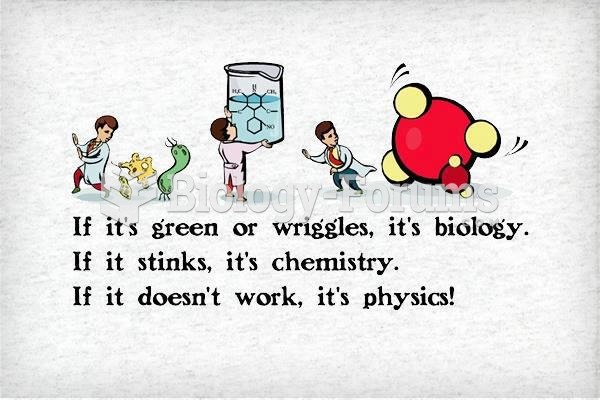Answer to Question 1
Suggested Response:
Jimarcus exhibits the signs of stereotype threat. He appears to be aware that he is in the slim minority of African American students in the class. He seldom volunteers answers during class discussions, indicating that he lacks confidence in his own abilities. His anxiety about the exam seems to reflect apprehension about confirming a stereotype that African Americans in this high school do not succeed in science fields.
Mr. Cooke might look for self-affirmation tasks for such a student. Jimarcus has conducted his own out-of-class projects, and Mr. Cooke might look for opportunities for Jimarcus to talk about one of his projects.
Mr. Cooke might help Jimarcus develop a positive mindset of growth and improvement.Mr. Cooke might provide opportunities for Jimarcus to challenge himself, dig deeper, and develop a sense of expertise about areas of particular interest to him. This strategy should help Jimarcus realize that he is capable of learning and affirm his independent efforts.
Mr. Cooke might help Jimarcus reframe his view of exams. If Jimarcus looks at an exam as an opportunity to see how much he knows rather than how his score compares to the scores of other students, he may view the exam as a personal challenge rather than a threat.
In his teaching, Mr. Cooke might also introduce role models that are African American. This strategy may help all students recognize that anyone can succeed in the field, not just a specific strata or profile. It may validate Jimarcus' s interest and ability and help him feel confident about excelling in environmental science.
Text Reference: Ethnicity and Race in Teaching and Learning
Answer to Question 2
Suggested Response:
Ladson-Billings uses the term culturally relevant pedagogy to refer to excellent teaching that rests on three propositions: academic success for students of color, developing and maintaining cultural competence, and developing a sociopolitical conscience that allows them to critique the social norms, values, and institutions that produce social inequities.
Mrs. Evans should help her diverse students develop academic skills. She should set and maintain high standards for these students, provide scaffolding for struggling students, and teach prerequisite skills as needed. She should use a variety of teaching methods to accommodate a range of learning preferences and experiment with heterogeneous groups for cooperative tasks. She should teach students how to carry out class procedures and help them learn basic organizational skills and study skills.
Mrs. Evans also needs to make sure students maintain their cultural competence. She should use cultural knowledge from the diverse cultures as a vehicle for learning. She may invite experts from various cultural backgrounds and incorporate information about the customs, skills, and values of the cultural backgrounds represented in her classroom.
Mrs. Evans should provide the tools for students to critique and challenge the status quo. These students need to develop skills to recognize and investigate inequities in the curriculum materials, in the teaching/learning environment, and in their own communication.
Text Reference: Multicultural Education: Creating Culturally Compatible Classrooms







